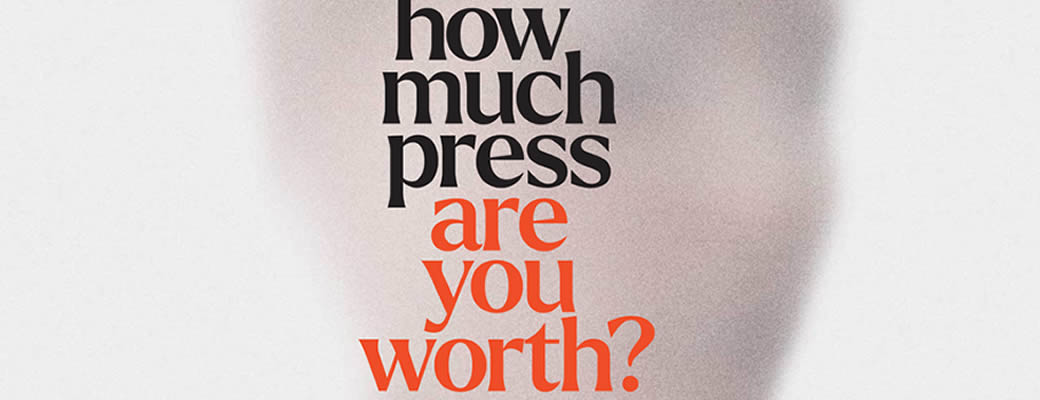How much coverage are you worth?
Columbia Journalism Review
Kyle Pope
November 3, 2022
In 2004, speaking at a panel discussion, the late Gwen Ifill characterized the media’s approach to covering people who have gone missing as “missing white woman syndrome.” “If there’s a missing white woman, you’re going to cover that, every day,” Ifill said, to little notice at the time.
In the two decades since, the term has attracted wider attention, as well as academic studies and media critiques. Shortly after Ifill’s comments, Jon Stewart claimed, satirically, to have come up with an algorithm dictating media coverage of missing people: Family Income x (Abductee Cuteness ÷ Skin Color)2 + Length of Abduction x Media Savvy of Grieving Parents3.
Ifill’s term has ebbed and flowed with the headlines; its most recent resurgence came in 2021, following the disappearance of Gabby Petito while on a road trip with her boyfriend.
What doesn’t change is the media’s insistence on reverting to the same coverage habits, 20 years after Ifill first called it out. The sad fact remains that in the United States, white people, particularly white women, garner much more media coverage when they go missing than any other group, significantly out of proportion to the number of cases. That means that time and again, media outlets are making judgments –often misguided judgments, not informed by data – about which missing persons cases to cover and which to ignore. And those coverage decisions have a significant influence on whether those people are found. In effect, newsrooms are making decisions on whose lives are worthy of attention– almost always resulting in coverage that is unrepresentative of the problem.
The National Missing and Unidentified Persons System (NamUs) is a database run by the US Department of Justice to track people who go missing in the country. Its online resource, under the headline “The Nation’s Silent Mass Disaster,” tracks more than 600,000 people who go missing in the United States every year. While many of them are quickly found, tens of thousands are not. About 4,400 unidentified bodies are recovered each year, with approximately 1,000 of those bodies remaining unidentified after one year. According to the Black and Missing Foundation, about 38 percent of people who go missing in the country are Black, much higher than the US Black population of about 14 percent. Cases involving Native Americans show similar disparities.
Earlier this year, the Columbia Journalism Review set out to understand the scope of the problem. Working with the ad agency TBWA/Chiat/Day/New York, our researchers sampled 3,600 articles about missing people that appeared last year, between January and November of 2021. We looked only at US news organizations, including TV, radio, newspapers, and online outlets. We then matched that sample with age, gender, and race classifiers tracked by NamUS, matching missing persons mentioned in the coverage to the data provided by NamUS.
What we found shows how little has changed in the last two decades. If you’re young, white, female, and a resident of a big city, the coverage you’d receive if you went missing is vastly out of proportion.
For example, a white young adult woman who is reported missing in New York could be covered in 67 news stories, according to the CJR data, but a Latino male of the same age would appear in only 17. A middle-aged Black man who goes missing would be expected to receive four or fewer mentions in the press. A Black man who went missing in St. Louis, for instance, would only garner 12 news stories, while a young white woman from the same town would attract 10 times the media coverage.
To highlight the scale of the problem, CJR has developed a tool to test your own newsworthiness. By entering basic demographic data (none of which is saved by CJR) at www.areyoupressworthy.com, you can calculate your own worth, according to the American press.
Our hope is to force change from readers and viewers. Two decades of op-eds and research have not shifted ingrained newsroom habits; reporters continue to revert to skewed coverage, ignoring a much bigger story.
Go to www.areyoupressworthy.com. Share your findings on social media. And put pressure on your local newsroom when you see gaps in the coverage of your own community, so we won’t be back having the same conversation 20 years from now.
Photo credit: Columbia Journalism Review

